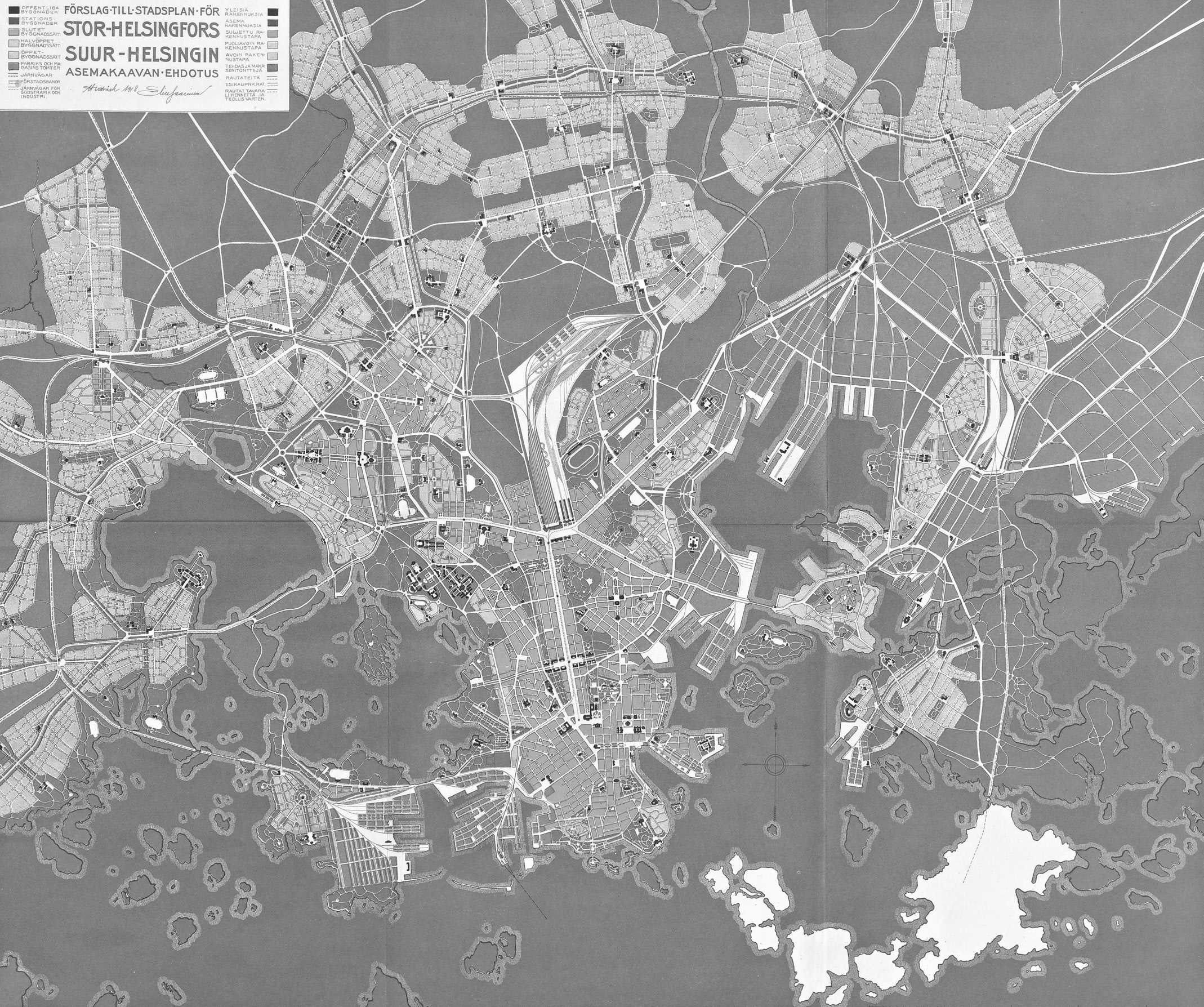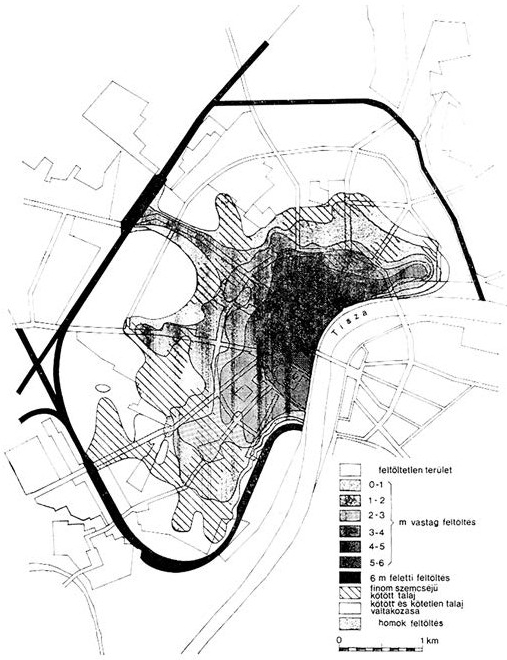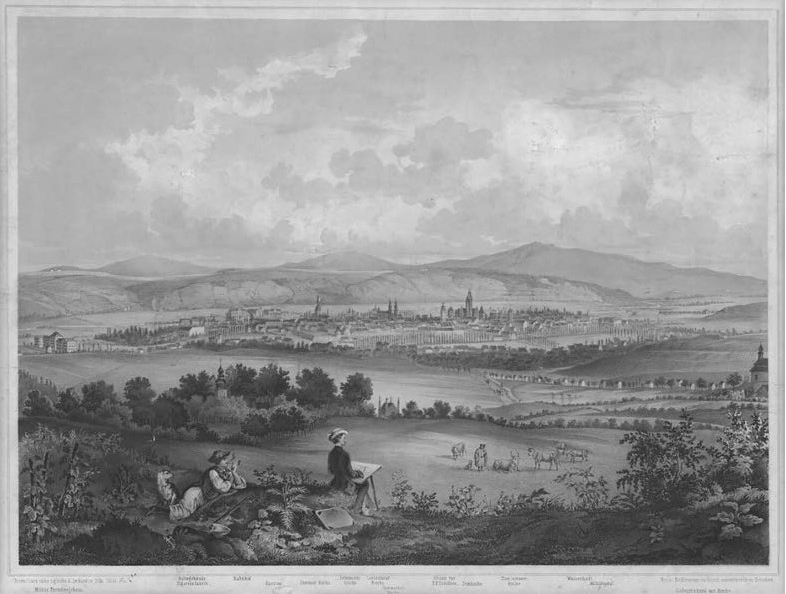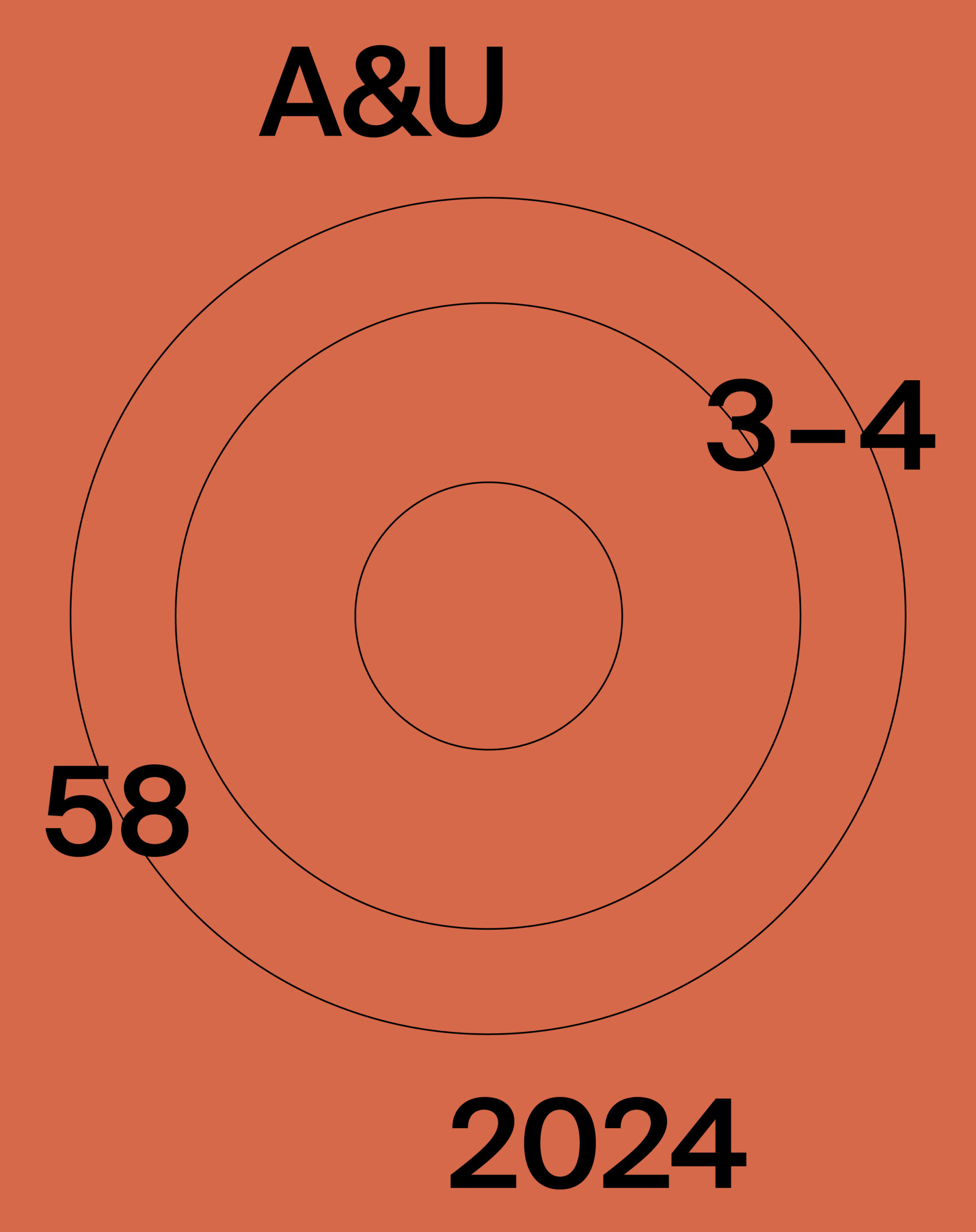Until recently the Metastadt building system was considered among the failed architectural ideas of the 20th century. This utopian architectural concept attempted to introduce pioneering changes in modern urban planning and to test in practice the possibilities of industrialized building. Its innovation consisted of combining engineering solutions with the newly possible computer-based methods for statics calculations, aiming towards fitting built structures of various functions into vacant urban lots with the aim of gradually increasing the density of the existing space. Nonetheless, on closer inspection of the technical details, the systemic approach and the fundamental objectives, the Metastadt approach appears to be well thought through and ambitious. The composition of personnel within the development and consulting teams, the participating professional companies, all of which were market leaders in their respective fields, as well as the participation of one of the largest producers of prefabricated housing in development, production, and marketing leave no doubt as to the seriousness of the endeavor. Even the idea for the design reveals that the architects of this ambitious idea struggled not only to achieve innovative construction methods but equally towards high-quality design. Nonetheless, to this day the vision has been so largely forgotten that the most recent demolition of the Metastadt trial building in Lauenstein near Hannover passed without any comments by the professional community. IDEA AND REALIZATION The Metastadt building system marks the culmination and the final point of the architectural utopias of the 1950s and 60s. Stimulated by increasing industrialization, radical technical innovation, and an explosive growth in world population, architects, artists, planners and civil engineers began to develop new modern urban utopias that achieved a hitherto unknown degree of radical innovation in established living and working conditions. In the process, the planners did not aim for a clear gain in space alone as an answer to the problem of expansion opportunities with growth potential. Against the background of rapidly progressing changes in demand and life style within society, the aim was instead to achieve flexibility in urban planning and architectural solutions….

This work is licensed under a Creative Commons Attribution 4.0 International License











